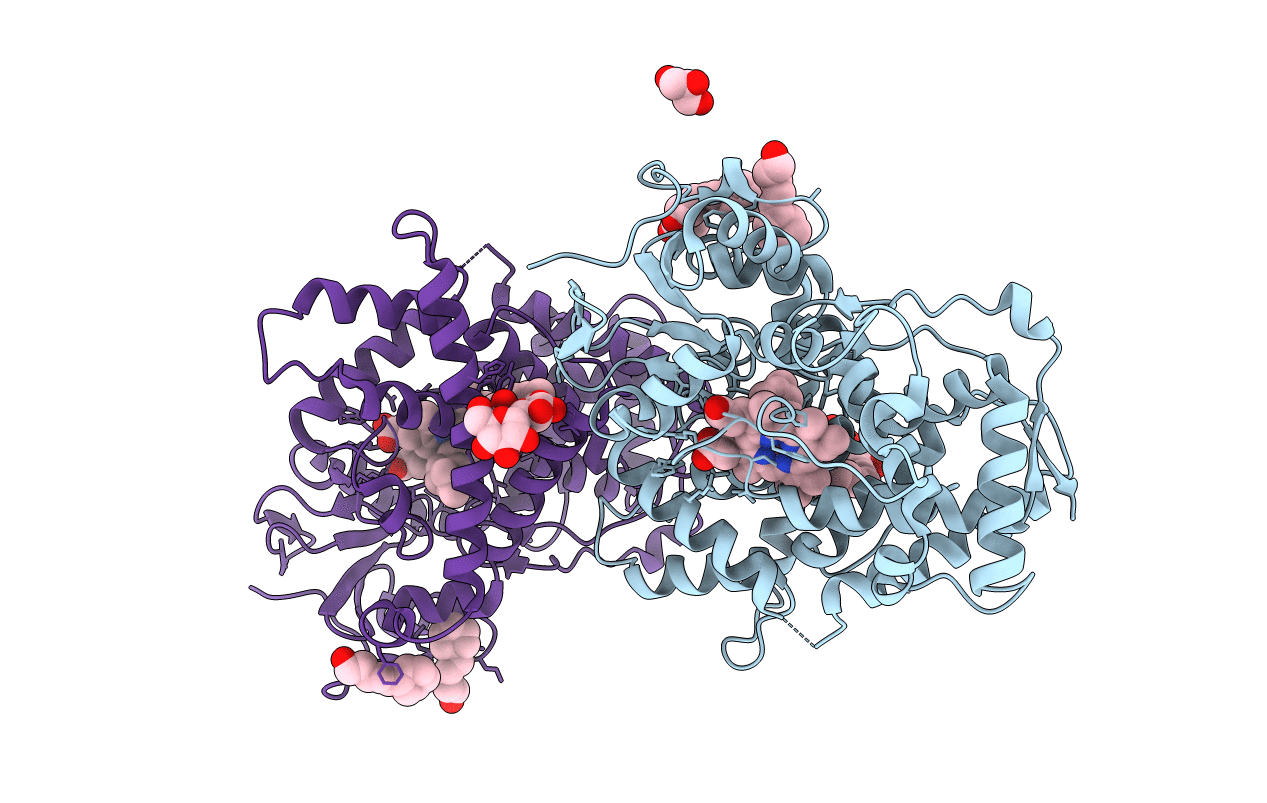
Deposition Date
2014-11-06
Release Date
2015-01-28
Last Version Date
2024-02-28
Entry Detail
PDB ID:
4RRT
Keywords:
Title:
Crystal structure of a human cytochrome P450 2B6 (Y226H/K262R) in complex with (+)-3-carene
Biological Source:
Source Organism:
Homo sapiens (Taxon ID: 9606)
Host Organism:
Method Details:
Experimental Method:
Resolution:
2.20 Å
R-Value Free:
0.22
R-Value Work:
0.17
R-Value Observed:
0.17
Space Group:
P 32


